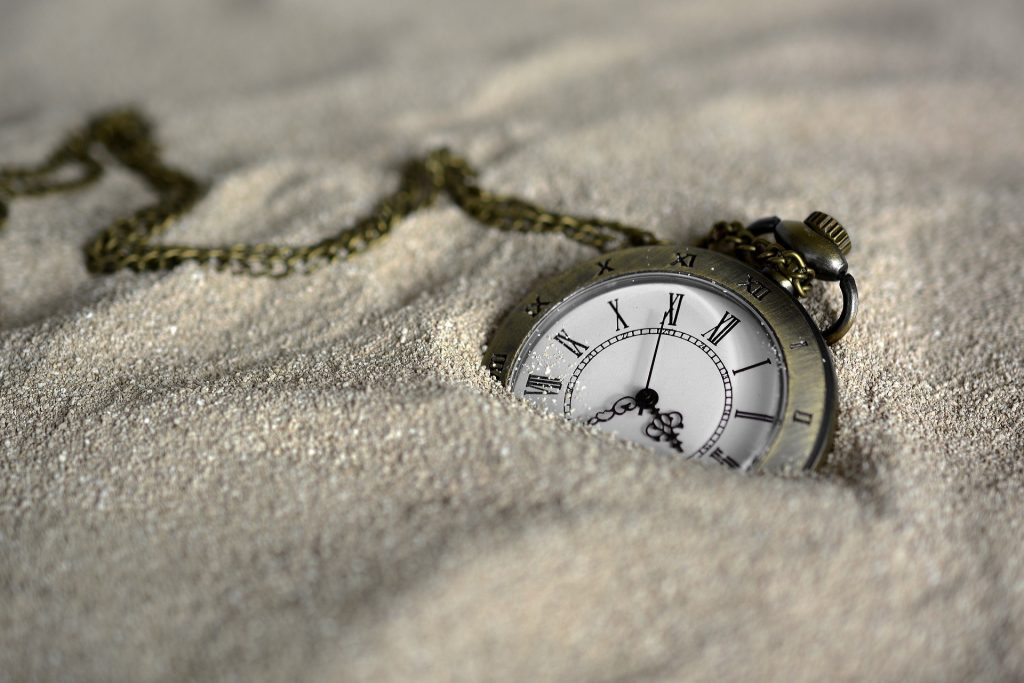
Many people around the world like to collect antiques and get excited when they find objects for sale that are hundreds of years old. To some, the idea of spending hundreds of pounds on old objects only to place them in a glass display case sounds absurd, but for collectors, every antique bought has a meaningful story behind it Some collectors like to buy online, while others like to browse and even make a day of things with an outing – perhaps including a takeaway afternoon tea.
The Age of the Antique
The only thing that can turn an everyday object into an antique is time. What attracts many collectors to very old items is the knowledge that the objects are older than them. Buying antiques helps many to feel connected to history, and many collectors seek out objects from specific time periods. During the 15th century, the only country exporting porcelain was China. This means the wine ewer is likely to be one of the first porcelain pieces ever to be imported into Europe, making it a highly sought-after antique.
Antique collectors also buy old objects because of the skilled human craftsmanship. Prior to the industrial revolution, objects were almost exclusively handcrafted, so many feel connected to people from the past through antiques. The idea that a real person from somewhere in the past created the object without the use of any machines and it remains intact today is a remarkable feat. The distinctive craftsmanship’s between key centuries can also enable buyers to determine the time period an object originated from. The fact that styles, designs, materials, and creation methods change over time explains why a 15th-century ewer has a higher value than a 17th-century ewer as during the 1400s, porcelain creation was more complex.
Money Making
Take Ruth Shearn and Rick Blears who live in Cheshire, England as an example. They collect Art Deco antiques to resell for a profit and are not afraid to sometimes spend large sums of money on items they know will sell for more at a later date. However, often they don’t have to invest in very high-value pieces to make a healthy profit. In 2013, they bought a terracotta figurine for around £24 on eBay. Due to the fact the terracotta was Cortendorf terracotta, the figurine ended up having value the seller was not even aware of. After some restoration work, the Cortendorf terracotta is now valued at close to £700. The couple notes that all the money they make from restoring and reselling antiques is for their daughter, as they want to ensure she’s taken care of for the rest of her life.
Keep Memories Alive
It is often of little significance what an item is when it’s personal to you and keeps good memories alive. For instance, while grandma’s antique silver spoon collection isn’t a souvenir from your own travels, knowing it was valuable to her may inspire you to continue collecting spoons to add to the inherited collection in tribute to her life.
Connection to Past Owners
In modern times, wearing the hair of a deceased person is no longer practised. Instead, many people seek out antiques they know belonged to a special person to help them feel more connected. David Rockefeller purchased Mark Rothko’s White Center painting for under £7000 in 1960. In 2007, Rockefeller put the piece up for auction and its estimated minimum value was £30 million.
The Excitement
Perhaps the key reasons why everyday folk try their hands at antique collecting is because it can be a lot of fun. The thrill of entering an antique store with no idea what you’re going to uncover is really something. The Old Town historic district in Fort Collins, northern Colorado, as well as the city’s outskirts, have multiple antique shops including A-1 Antiques and Furniture and the A and J Antique Mall.




